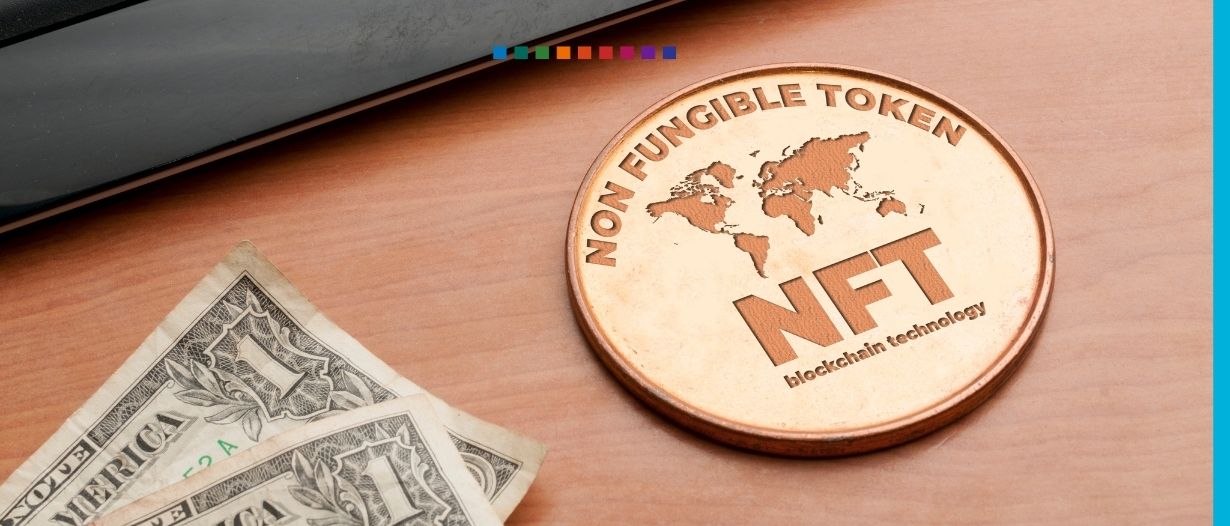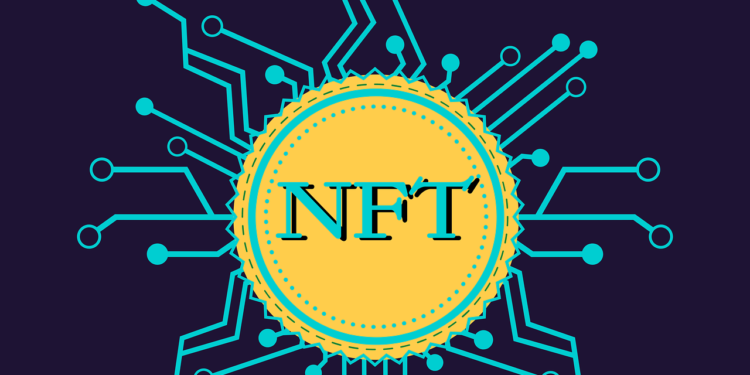What is NFT? It is a common question that arises from time to time. NFT is an abbreviation for Non-Fungible Token. It is a digital token that represents ownership of a particular virtual asset such as a video game character, sweater, or cryptocurrency.
With the growing popularity of crypto and blockchain technology in recent times, many companies have started embracing this new technology to create their virtual currencies (altcoins). With this rise in the number of altcoins comes new tokens that are also known as fungible tokens (F-token).
Fungible means all units of the same type can be substituted for another unit without changing any value. For instance, if we were to substitute rice with rice cakes and vice versa. To differentiate between them, we refer to each one as different “types’ of rice” or “different types of rice cakes”.
Currently, there are two types of fungible tokens on the market: ERC20 and ERC721. The first type is used by most token sales while the latter is used by CryptoKitties. However, you do not need to worry because other similar tokens can be used instead.

What is a Non-Fungible Token?
A Non-Fungible Token (NFT) is a virtual asset whose ownership is represented by a token. An asset can exist as a single unit that can be transferred between parties and verified as the original asset.
Unlike fungible tokens which are generally represented by one of the most popular blockchain platforms Ethereum, NFTs can represent assets such as art, real estate, stocks, commodities, and many more. NFTs can be different assets with different properties.
For example, Bitcoin is a fungible token. WAVES is an ERC20 token. Each asset can have different properties such as ownership, transferability, and scarcity. To create non-fungible tokens, you have to use a blockchain system that supports ERC-20 tokens such as Ethereum.
You can also create non-fungible tokens without using a blockchain. However, as these tokens are fungible, they can be transferred using a traditional digital asset exchange such as Coinbase or Binance.
How to create a Non-Fungible Token?
To create non-fungible tokens, you first have to create an Ethereum wallet. After you create an Ethereum wallet on your computer, you need to send some Ether to it to generate a public and private key.
You can also create an Ethereum wallet on a mobile phone such as iPhone or Android. The wallet system on a phone is more similar to a traditional bank account that we have at home. It enables us to send and receive tokens.
It is recommended to create an Ethereum wallet on a hardware wallet. A hardware wallet is a device that keeps your private key safe. You can store your private key on a hardware wallet such as Ledger Wallet Nano S or Trezor Wallet.
It is also recommended to create an Ethereum wallet on a desktop as it is more similar to a digital bank account. This is because you can access your Ethereum account on a desktop.
How do transfer and trade NFT?
After you have created an Ethereum wallet and generated a public and private key, you can then send tokens from your wallet to another wallet. You can also keep your tokens in your wallet and later transfer them to another wallet.

To transfer tokens, you have to go to a cryptocurrency exchange such as Coinbase, Binance, or Huobi. After you sign in to your account on the exchange, you need to select the token you want to trade for another token. It is recommended to research the best exchanges for the lowest fees so that you can save time and money when trading.
What benefits of using non-fungible tokens?
- Multiple asset ownership – To own multiple assets in a single token, you can use non-fungible tokens such as CryptoKitties.
- Single transaction – To transfer a single asset without losing the transaction fee, you can use non-fungible tokens.
- No asset duplication – To prevent asset duplication, you can use non-fungible tokens.
Some advantages of NFT over fungibles
- No single point of failure – Unlike fungible tokens that rely on a single network, NFT relies on a decentralized network.
- Privacy – To prevent asset duplication and data leakage, you can use non-fungible tokens.
- Aesthetics – To protect the asset aesthetics, you can use non-fungible tokens.
Pros and cons of NFT
- Pros Fungible – The value of the token depends on a single asset.
- Scarcity – The number of tokens will decrease over time.
- Ownership – The ownership of the asset is at the discretion of the token holder.
- Verification – To protect the asset aesthetics, you can use non-fungible tokens.
- Decentralized – NFT relies on a decentralized network.
- Cons Lack of standardization – The asset is not standardized to create a single asset.
- Questionability – It is not clear how to use non-fungible tokens.
- Lack of liquidity – It is difficult to sell non-fungible tokens.
Conclusion
NFT is a new asset class that combines fungible and non-fungible characteristics. It is a new asset class that sits between fungible and non-fungibility.
Unlike fungible tokens that are generally represented by one of the most popular blockchain platforms Ethereum, NFTs can represent assets such as art, real estate, stocks, commodities, and many more.
They are created using the ERC-20 standard and can be used to represent virtually any asset. It is best suited for collectable items that are scarce and can be easily verified because these assets are scarce. These tokens can be used to represent various items such as collectable art, collectable real estate items, stocks, or even cryptocurrencies.














